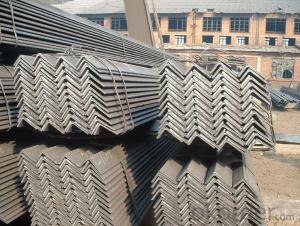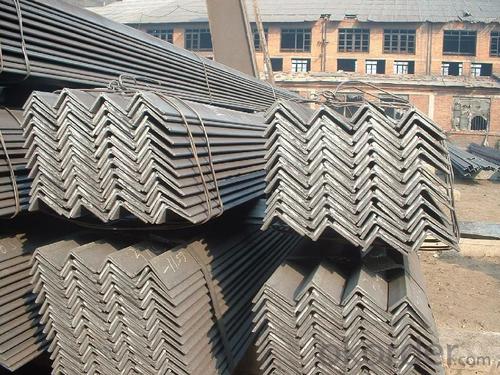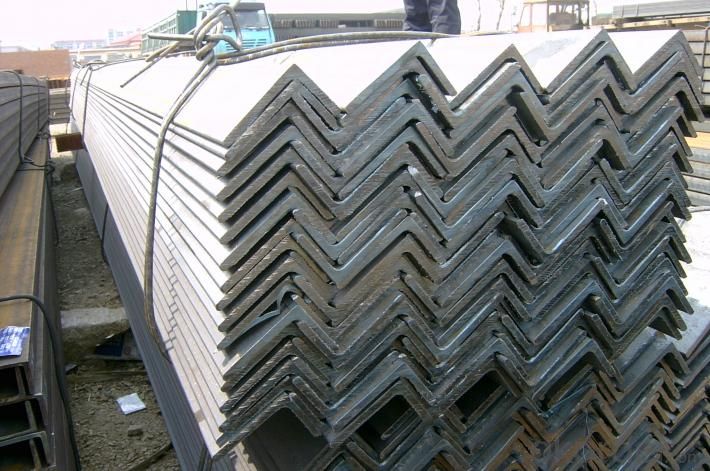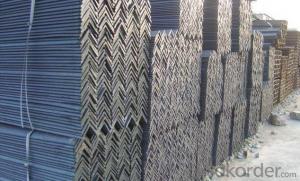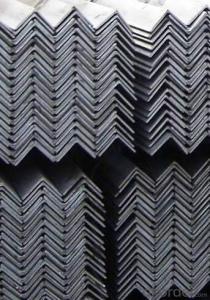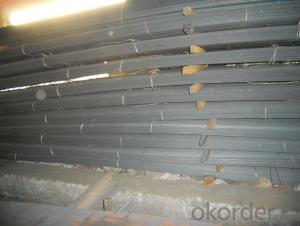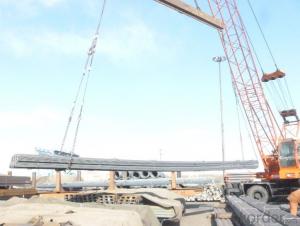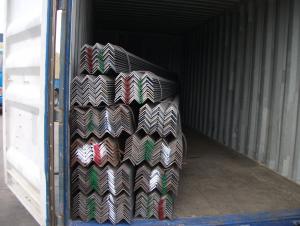Hot Rolled Unequal Angle Steel with High Quality
- Loading Port:
- Tianjin
- Payment Terms:
- TT or LC
- Min Order Qty:
- 100 m.t.
- Supply Capability:
- 35000 m.t./month
OKorder Service Pledge
OKorder Financial Service
You Might Also Like
OKorder is offering Hot Rolled Unequal Angle Steel with High Quality at great prices with worldwide shipping. Our supplier is a world-class manufacturer of steel, with our products utilized the world over. OKorder annually supplies products to African, South American and Asian markets. We provide quotations within 24 hours of receiving an inquiry and guarantee competitive prices.
Product Applications:
Hot Rolled Unequal Angle Steel with High Quality are ideal for structural applications and are widely used a variety of architectural and engineering structures, such as beams, bridges, ship; transmission tower, reaction tower; lifting transportation machinery; industrial furnace; container frame, warehouse goods shelves, etc
Product Advantages:
OKorder's Hot Rolled Unequal Angle Steel with High Quality are durable, strong, and wide variety of sizes.
Main Product Features:
· Premium quality
· Prompt delivery & seaworthy packing (30 days after receiving deposit)
· Can be recycled and reused
· Mill test certification
· Professional Service
· Competitive pricing
Product Specifications:
Grade: Q195 – 235
Certificates: ISO, SGS, BV, CIQ
Length: 6m – 12m, as per customer request
Packaging: Export packing, nude packing, bundled
| UNEQUAL ANGLE STEEL | |||||
| size(mm) | a(mm) | a1(mm) | thickness(mm) | kg/m | length(m) |
| 75*50*5 | 75 | 50 | 5 | 4.808 | 6m,9m,12m |
| 75*50*6 | 75 | 50 | 6 | 5.699 | 6m,9m,12m |
| 75*50*8 | 75 | 50 | 8 | 7.431 | 6m,9m,12m |
| 100*75*7 | 100 | 75 | 7 | 9.34 | 6m,9m,12m |
| 100*75*8 | 100 | 75 | 8 | 10.6 | 6m,9m,12m |
| 100*75*9 | 100 | 75 | 9 | 11.8 | 6m,9m,12m |
| 100*75*10 | 100 | 75 | 10 | 13 | 6m,9m,12m |
| 100*75*12 | 100 | 75 | 12 | 15.4 | 6m,9m,12m |
| 125*75*7 | 125 | 75 | 7 | 10.7 | 6m,9m,12m |
| 125*75*8 | 125 | 75 | 8 | 12.2 | 6m,9m,12m |
| 125*75*9 | 125 | 75 | 9 | 13.6 | 6m,9m,12m |
| 125*75*10 | 125 | 75 | 10 | 15 | 6m,9m,12m |
| 125*75*12 | 125 | 75 | 12 | 17.8 | 6m,9m,12m |
| 150*90*8 | 150 | 90 | 8 | 14.7 | 6m,9m,12m |
| 150*90*9 | 150 | 90 | 9 | 16.4 | 6m,9m,12m |
| 150*90*10 | 150 | 90 | 10 | 18.2 | 6m,9m,12m |
| 150*90*12 | 150 | 90 | 12 | 21.6 | 6m,9m,12m |
| 200*100*10 | 200 | 100 | 10 | 23 | 6m,9m,12m |
| 200*100*12 | 200 | 100 | 12 | 27.62 | 6m,9m,12m |
| 200*100*15 | 200 | 100 | 15 | 34.04 | 6m,9m,12m |
FAQ:
Q1: Why buy Materials & Equipment from OKorder.com?
A1: All products offered byOKorder.com are carefully selected from China's most reliable manufacturing enterprises. Through its ISO certifications, OKorder.com adheres to the highest standards and a commitment to supply chain safety and customer satisfaction.
Q2: How do we guarantee the quality of our products?
A2: We have established an advanced quality management system which conducts strict quality tests at every step, from raw materials to the final product. At the same time, we provide extensive follow-up service assurances as required.
Q3: How soon can we receive the product after purchase?
A3: Within three days of placing an order, we will arrange production. The normal sizes with the normal grade can be produced within one month. The specific shipping date is dependent upon international and government factors, the delivery to international main port about 45-60days.
Images:
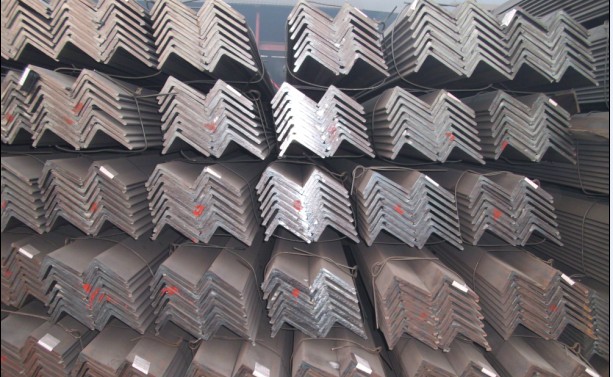
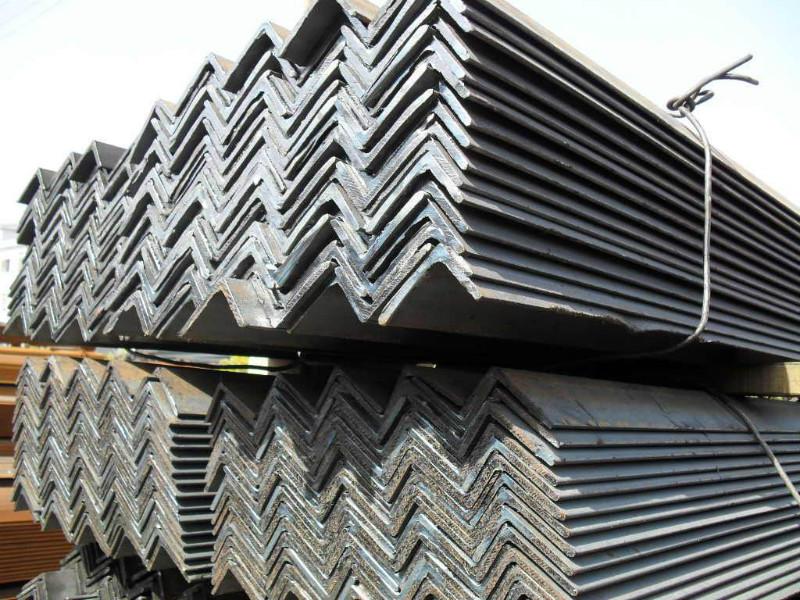
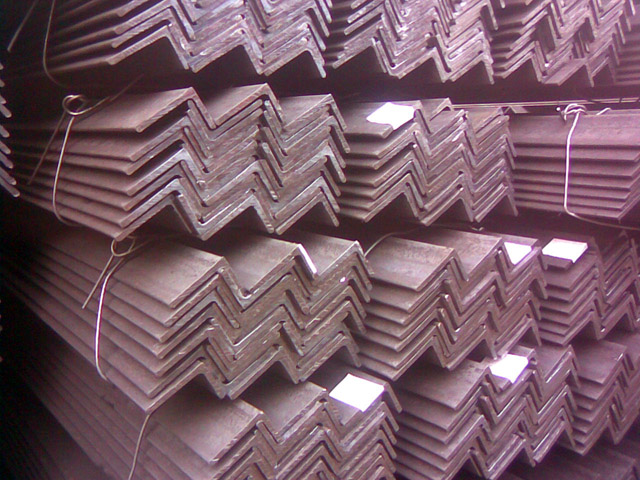
- Q: Are there any limitations on the length-to-thickness ratio of steel angles?
- Yes, there are limitations on the length-to-thickness ratio of steel angles. These limitations are specified in engineering codes and standards, which provide guidelines for the safe design and use of steel angles. The exact limitations depend on factors such as the material properties, intended application, and structural requirements.
- Q: Can steel angles be galvanized or coated for additional protection?
- Yes, steel angles can indeed be galvanized or coated for additional protection. Galvanizing is a common method used to protect steel from corrosion. It involves coating the steel with a layer of zinc, which acts as a barrier against moisture and other corrosive elements. This process can be done through hot-dip galvanizing, where the steel angle is immersed in a bath of molten zinc, or through electroplating, where a thin layer of zinc is applied to the surface of the steel through an electric current. Coating steel angles with other protective materials is also a viable option. There are various coating options available, such as epoxy, powder coatings, and paint. These coatings create a protective layer on the surface of the steel, shielding it from environmental factors that could lead to corrosion or damage. By galvanizing or coating steel angles, additional protection is provided, extending the lifespan of the material and ensuring its durability in different applications and environments.
- Q: Can steel angles be used in framing?
- Indeed, framing can incorporate steel angles. In construction, steel angles are frequently employed to provide structural support and reinforcement. These angles possess adaptability, allowing for simple welding, bolting, or screwing together to construct frames suited for diverse purposes. By incorporating steel angles, structures gain both strength and stability, rendering them suitable for framing walls, ceilings, floors, and other structural elements. Moreover, steel angles are accessible in various sizes and thicknesses, permitting flexibility in design and construction. Ultimately, steel angles are a favored option in framing due to their enduring nature, versatility, and structural characteristics.
- Q: What is the typical corrosion rate of steel angles?
- The typical corrosion rate of steel angles can vary depending on various factors such as the environment, exposure to moisture, presence of corrosive substances, and maintenance practices. However, on average, steel angles can experience a corrosion rate of around 0.1 to 1.0 millimeters per year.
- Q: What are the common standards and specifications for steel angles?
- The common standards and specifications for steel angles include the American Society for Testing and Materials (ASTM) A36/A36M, which covers carbon structural steel shapes, and ASTM A572/A572M, which pertains to high-strength low-alloy structural steel angles. Additionally, the European Norm (EN) 10025-2 specifies the technical delivery conditions for non-alloy structural steels, including angles. These standards define the chemical composition, mechanical properties, and tolerances of steel angles, allowing for consistent quality and compatibility in various construction and engineering applications.
- Q: How do you calculate the second moment of area for a steel angle?
- The second moment of area for a steel angle can be calculated by multiplying the width of the angle squared, multiplied by the thickness cubed, and divided by 12.
- Q: What is the standard length of a steel angle?
- The standard length of a steel angle can vary depending on the specific requirements and standards set by the industry or project. However, in general, steel angles are commonly available in standard lengths of 20 feet or 6 meters. These standard lengths are often used for easy transportation, handling, and installation purposes. However, it is important to note that custom lengths can also be produced to meet specific project needs.
- Q: Are steel angles available in different colors?
- No, steel angles typically come in a standard metallic gray color. However, it is possible to apply various finishes or coatings to steel angles to achieve a different color or appearance. These finishes can include powder coating, paint, or galvanization, which may offer a range of colors to choose from. It is important to note that the availability of colors may vary depending on the specific manufacturer or supplier.
- Q: What is the minimum radius for a curved steel angle?
- Various factors, such as the thickness and width of the steel angle, as well as the desired degree of curvature, influence the minimum radius required for a curved steel angle. Typically, the minimum radius is determined based on the material's bending capability, ensuring that no permanent deformation or cracking occurs. To ascertain the precise minimum radius for a particular curved steel angle, it is crucial to refer to the manufacturer's instructions or seek the advice of a structural steel engineer.
- Q: What are the different methods of reinforcing steel angles?
- There are several methods of reinforcing steel angles, including using additional steel plates or bars to increase strength, welding additional steel angles or plates to provide additional support, or using structural adhesives to bond the steel angles together. Additionally, using bracing or connecting the angles to other structural components can also reinforce their strength.
Send your message to us
Hot Rolled Unequal Angle Steel with High Quality
- Loading Port:
- Tianjin
- Payment Terms:
- TT or LC
- Min Order Qty:
- 100 m.t.
- Supply Capability:
- 35000 m.t./month
OKorder Service Pledge
OKorder Financial Service
Similar products
Hot products
Hot Searches
Related keywords
